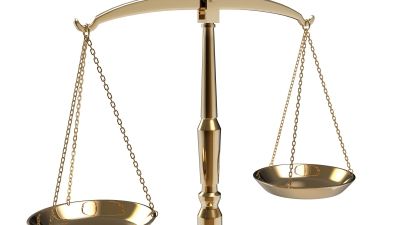
Blog post -
A basic guide to defamation law for PR practitioners
“A reputation once broken may possibly be repaired, but the world will always keep their eyes on the spot where the crack was.”
Under English Law everyone is born with a good reputation until proven otherwise. For many, whether they be a person or an organisation, their reputation is invaluable and when this is damaged it is almost impossible to fully recover from either personally or professionally.
The Newspaper Libel and Registration Act of 1881 was the first legal acknowledgement of the influence the popular press could have on an individual’s reputation and made newspaper proprietors directly accountable for the content of their publications.
Since then, defamation laws have been developed in order for companies and individuals to protect their reputation if it has been unfairly attacked, the most recent being the Defamation Act 2013.
Why is this important for PR practitioners?
Today, the daily tasks of PR practitioners include creating content for publication across multiple communication channels as well as building and protecting the reputation of their clients whether they are individuals or organisations.
Therefore, a solid understanding of defamation law is required so practitioners know when they should seek legal assistance to defend their client’s reputation in a court of law should it be unfairly tarnished.
Furthermore, PRs should be secure in the knowledge that the content they are producing for publication in press releases or other forms of communication is not at risk of breaching defamation laws.
So what exactly is defamation?
The most widely used definition is the following:
“A statement which tends to lower the claimant in the estimation of right-thinking members of society generally, and in particular cause him to be regarded with feeling of hatred, contempt, ridicule, fear or disesteem."
If a person believes a statement has been made unfairly against him or her then they may pursue the case in a court of law. The Defamation Act 2013 now requires that the claimant show how exactly they have suffered serious harm or are likely to suffer serious harm as a result of this statement.
However, depending on how the statement was made determines whether the case will be treated as libel or slander.
Slander
Slander is when the statement is spoken or in a "transitory" form unless it is broadcast on television, radio or made in a public performance of a play.
Before the Defamation Act 2013 the main difference between slander and libel was that the claimant had to prove that the statement had caused actual damage to their reputation but this is now the case for libel too.
Libel
For a statement to be libelous, it must
have been published
have been seen by a third party
be easy for the reader to identify the claimant even if it does not explicitly state his or her name
It is important to note that press releases are considered legal documents and social media posts have also been treated as publications in some cases where an individual’s reputation has been tarnished.
Never forget social media is international
As soon as you publish on the internet, your content is instantly accessible from almost anywhere in the world. This creates further problems as this means that there is potential for defamation cases to be brought about in a number of different jurisdictions internationally.
For example, the New Zealand cricketer Chris Cairns brought a defamation case against Lalit Modi, the former Chairman and Commissioner of the Indian Premier League over a tweet in which Modi accused Cairns of being involved in match fixing, tarnishing his reputation.
The judge in the UK allowed the case to proceed in London as Cairns has a reputation in the UK although neither he nor Modi are British.Image courtesy of photoraidz at FreeDigitalPhotos.net
The *innocent face* tweet
At the end of 2012 BBC Newsnight decided to run a story about the North Wales child abuse scandal accusing an unnamed senior Conservative political figure of being involved. Speculation mounted on social media with Sally Bercow, the wife of the Commons Speaker, tweeting “Why is Lord McAlpine trending? •innocent face•”
It later turned out that the allegations were unfounded due to inadequate fact checking. Lord McAlpine received a six-figure payout from the BBC in compensation and took Bercow to court where she was found guilty of libel and forced to pay damages.
Lord McAlpine’s QC argued that due to the number of followers Bercow had on twitter “she has a bigger readership than some of the national newspapers” and the damages she was forced to pay reflect this.
What PRs must take away from this
PR practitioners must be aware that even if many other people are speculating publicly on the internet and in the media it is best not to publish any comments which if proven to be incorrect would be seen to be defamatory. Be careful what you tweet!
Laws relating to defamation are constantly developing and changing, it is important that you keep up to date with all of these. Media Lawyer is a great resource to help with this.
Due to the nature of the internet, press releases and other published content can be accessed anytime, anywhere. Practitioners must make sure all of their content is correct or they risk facing international law suits.

